Written and illustrated by Nicole Dobarro
With a teasing view of the Golden Gate Bridge peaking out above the fog, my eyes were peeled across acres of foliage while my mind shuffled through the pages of text and photos I read on edible plants. I wasn’t sure what to expect when I separated myself from the whizzing avenues and submerged myself into the “wilderness.” I couldn’t wait to find something to eat.I was nervous. Nervous about being caught, possibly damaging neighboring plants, and poisoning my friends who were coming over for dinner. It was my first time foraging.
There I was in one of San Francisco’s few remaining pockets of greenery, dodging possible eyewitnesses and looking for wild edible plants. I was intrigued by the idea that I could pick my own food and turn it into something delicious.
Foraging can simply mean gathering or harvesting food. It more commonly refers to the act of gathering food from the wild. In fact, it is the most extreme form of eating “local” because you are consuming nature’s gifts directly from the source.
This concept is not exactly new. John Farais, a professional chef and native foods expert told me that foraging goes back to the times of the Native Americans.
However, not until recently has the foraging movement become mainstream. Chefs of gourmet restaurants now forage daily and hipsters have started trying it out too. Interestingly enough, Kevin Feinstein, an author and an avid forager who has been guiding people on wild food walks for about ten years, experienced foraging’s growing popularity around 2009. “I noticed a huge surge of interest after the economy crashed. When everyone started to panic, my business started to double,” says Feinstein.
Getting a free meal sounds incredible, but why would anyone go through the trouble of actually picking it themselves when food can be purchased in pretty little boxes? The reasons are just as diverse as the individuals doing the foraging.
Some foragers grew up picking wild foods and some are just looking for fun and adventure. The foraging community does seem to have a common goal: being conscious of where the food we consume comes from.
Feinstein, who loves hiking but has a background in film, now works with ForageSF as a wild food walk instructor who takes small groups of people into the parks of San Francisco and the East Bay to learn how to forage. In the classes he guides students through the correct way of gathering and cooking wild food. Not until graduating from college did he become aware of how people were treating and consuming food.
“I started to find out about how precarious the nature of our civilization is,” says Feinstein. “Especially when it comes to how unsustainably we’re using the resources of the planet. I became extremely disturbed. I think most of us are kept in the dark about that kind of stuff.”
After his revelation, Feinstein made it a priority to influence how people eat by using his new-found knowledge of horticulture. He attempted to encourage growing your own food by launching a business that installed gardens into backyards.
“Then I realized that people were willing to spend a lot of money, time and effort to make this awesome garden in their backyards, but they wouldn’t eat the food,” says Feinstein. He decided to focus on harvesting what is already available and talk about growing more later.
Unlike Feinstein, Caleb Phillips grew up around the idea that food isn’t something that you buy, it’s something that you grow. But not until college did Phillips realized how much food was being wasted, particularly on the sidewalks of our cities.
“I noticed people didn’t realize that food was growing where they live, outside of their work or their homes. At that moment it become a compelling concept to start mapping out the idea of [Falling Fruit],” says Phillips.
Phillips, who has a background in computer science and wireless networks, founded the website called Falling Fruit with his partner and old college friend Ethan Welty, a glaciologist. The site essentially works like Google Maps where users can search for the location of edible plants by category. Falling Fruit’s data is based on a city or state’s data and user input. If you look carefully, you could even find what’s growing on your block.
While foraging for a meal still seems like a “far out there” concept, the awesome benefits of gathering your own food are undeniable. Phillips, who has made small-time foraging a part of his routine particularly enjoys how foraging connects him to the land. “We don’t realize the world around us. When you go out with the notion of what might be growing right now, it really connects you with what’s going on,” said Phillips.
Feinstein also agrees, “Coming home after a hike to make a meal or nibbling along the way allows you to connect to a place in a whole other way. Wild foods are also better for your health. [Foraged foods] are more nutritious than cultivated foods.” The act and process of foraging is also beneficial to the land.
Farais who works closely with plants native to the Americas and forages for personal benefits says, “Digging up some of the ground airates the soil and creates more seeds, or spreading of spores. Similar to setting land on fire, it levels everything and promotes more growth.”
With the growing awareness of foraging comes growing concerns. These concerns range from amateur foragers destroying the environment, to overharvesting, and the politics of keeping foraging spots secret. The biggest concern seems to be that foragers are going out to the few wilderness spots that are still remaining and are taking the last wild ramps, nettles or anything else they can find.
“If you’re a greedy person that just wants to go out and take everything delicious in the forest and not care about the bigger picture, well screw you. You’re the problem,” says Feinstein. Overharvesting certain spots are also angering old-school foragers who have been visiting the local spots for years.
It’s not just the local foragers who exploit the land but also commercial foragers. Feinstein explains that once a foraged item is placed on the market, the demand remains and companies will do what is necessary to keep up with the demand. Feinstein says that unidentified commercial mushroom foragers, or “shroomers” have allegedly gone into forests and completely raped it of it’s mushrooms. “People have been known to take leaf blowers to the forest floor,” says Feinstein. “But that’s the extreme end of foraging.”
Becoming aware of how plants grow and where to find them generally prevents people from damaging the land in their quest for fresh foods. Wrecking the habitat is a big no-no. “That’s one thing you don’t do if you’re a responsible forager. You leave enough to grow next year and you leave some for the animals,” says Farais.
Feinstein also stressed the importance of picking what nature provides in abundance and what is available regularly. “What is literally out there rotting? What’s going to waste? That’s what you go for,” says Feinstein.
 After a couple hours of wandering through wild flower patches and swiping through
After a couple hours of wandering through wild flower patches and swiping through
images of edible weeds on my iPhone, I emerged from my own trail with a handful of nettles, chickweed, radish flowers and the most perfect leaves of Miner’s lettuce. I was excited. I had no idea what I was going to cook with them, but I didn’t really care. I had just gathered my own food in a sustainable way without fail. Even though I did a lot of research before entering the “wild,” or the not-so-wild pieces of land less than a mile away from a road, I was surprised that I found everything I was looking for.
Foraging also felt really damn good. I’m not the kind to enjoy the outdoors. I consider shopping an enjoyable recreational activity, but looking for food was the connecting point between me and nature. And not to get sentimental and sappy, but I’ll never look at that field overlooking the Bay the same again.



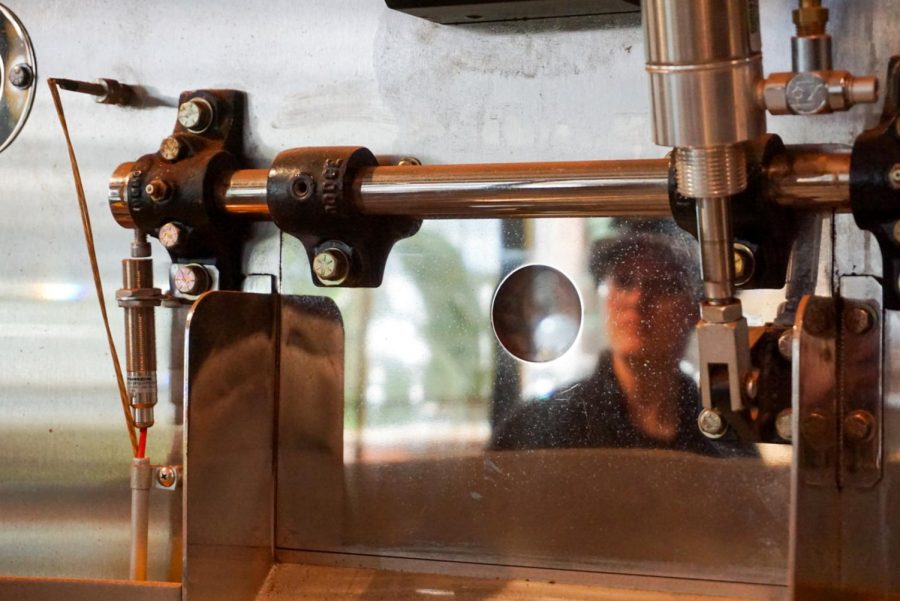
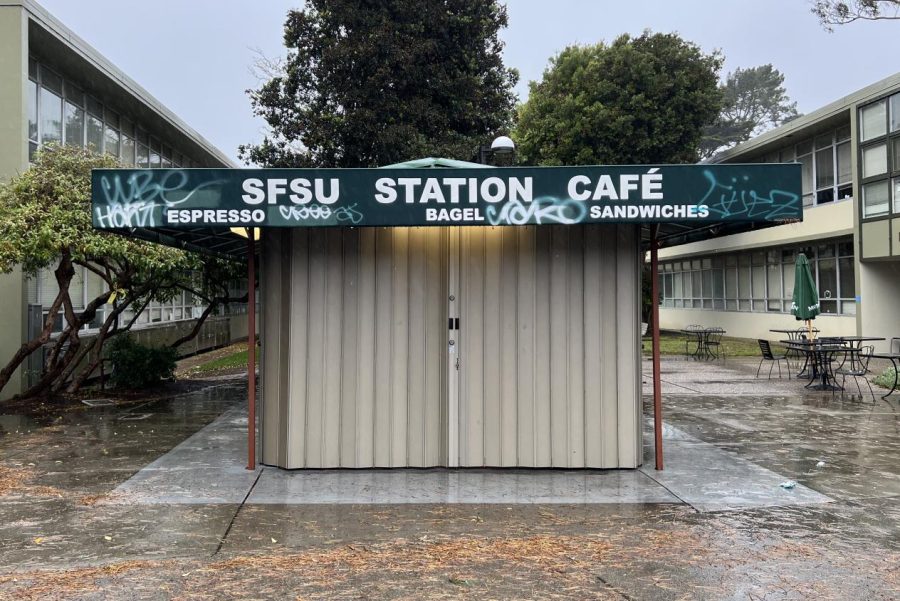
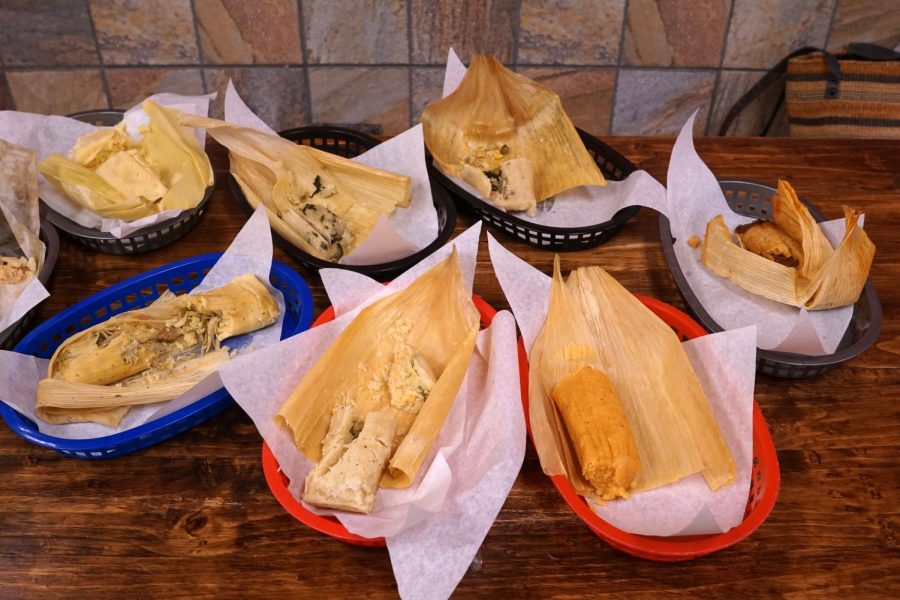
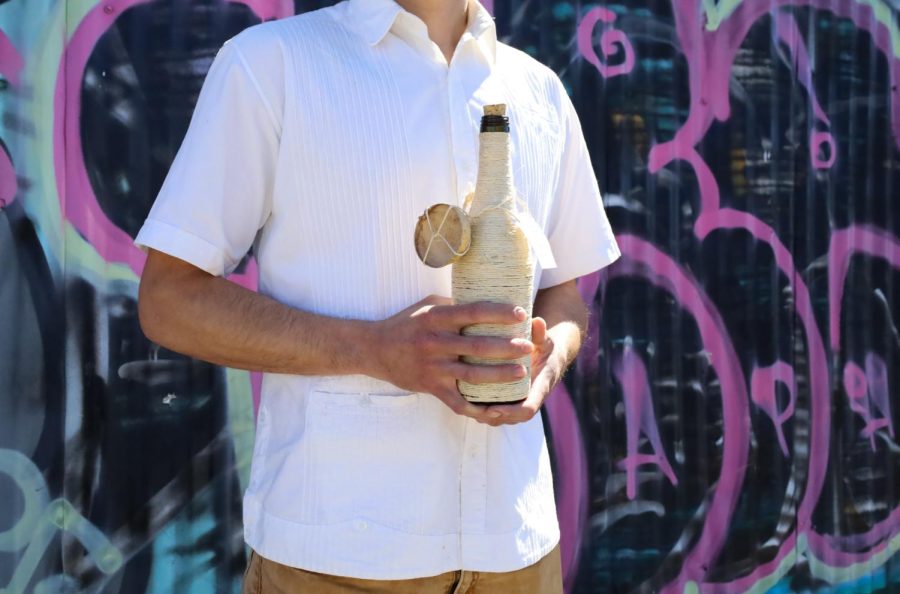
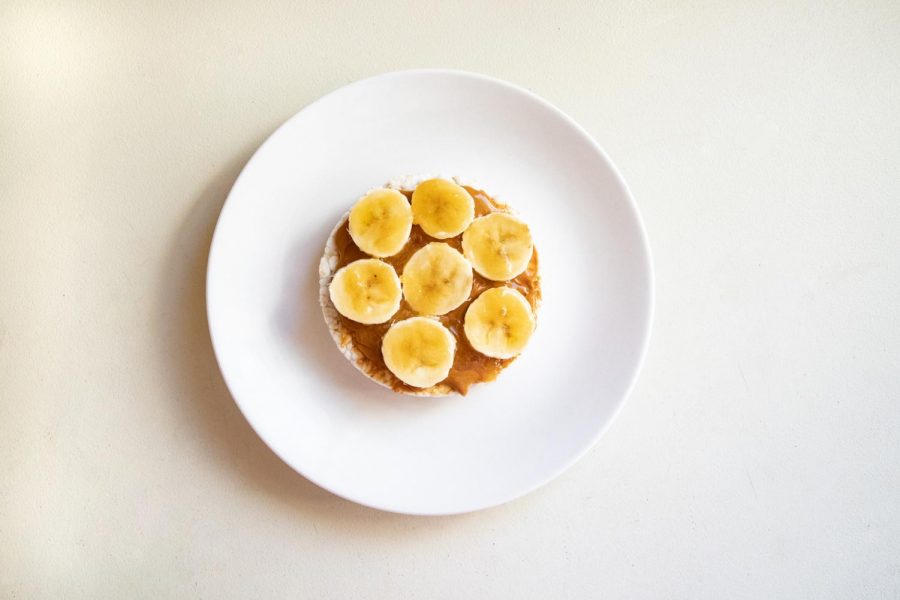
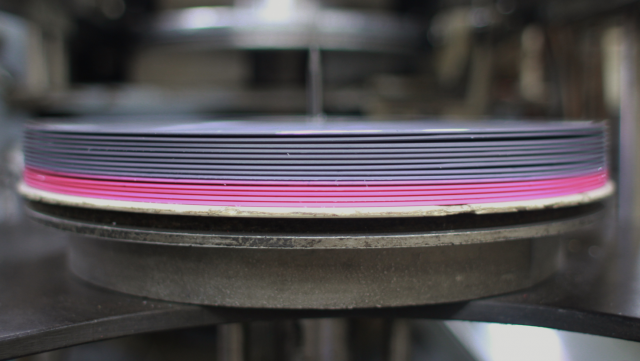
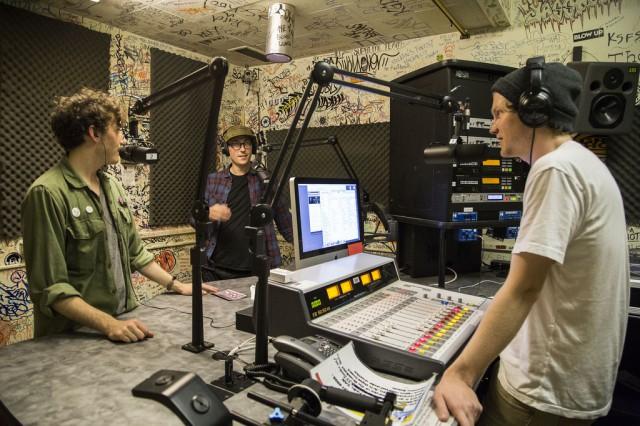
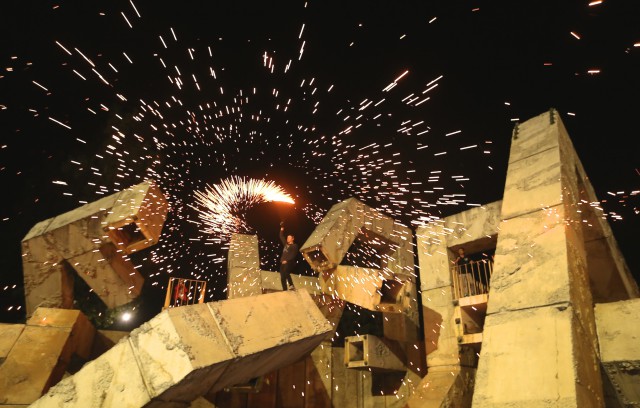
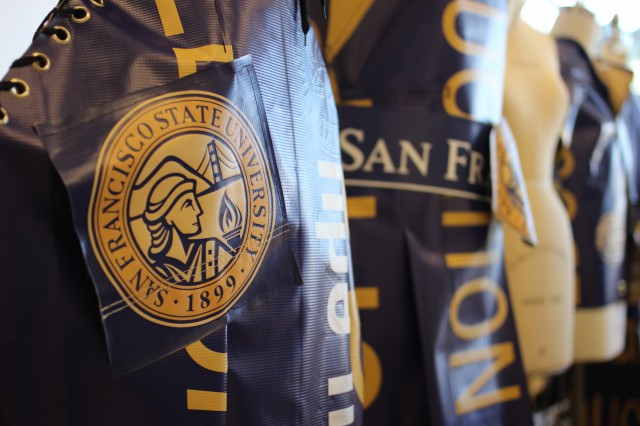
Adam • Oct 13, 2020 at 10:37 am
good article! for more information check out http://www.stoweforager.com